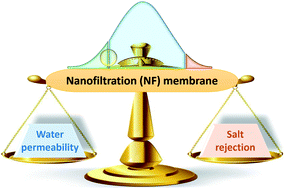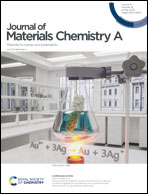How to coordinate the trade-off between water permeability and salt rejection in nanofiltration?
Abstract
The specific separation properties of nanofiltration (NF) membranes lead to their application in water treatment, resource recovery, food processing, and chemical and pharmaceutical separations. Nevertheless, the pervasive trade-off effect between the water permeability and salt rejection is one of the main obstacles in further enhancing their performance and fields of application. Numerous studies focusing on this topic report great efforts in attempting to solve this issue over the past decade. In this review, the approach that is followed is that the functional layer of the NF membrane is divided into four different mass transfer regions according to its mass transfer characteristics. The relationship between water permeability and salt rejection has been expounded according to the mass transfer properties of the four regions. On this basis, five technical approaches together with typical examples regarding the coordination of the trade-off between water permeability and salt rejection are proposed. Finally, five aspects that may be instructive to future research are highlighted. Lessons gained from this review are expected to promote the rational design and optimized fabrication of high-performance NF membranes.



 Please wait while we load your content...
Please wait while we load your content...